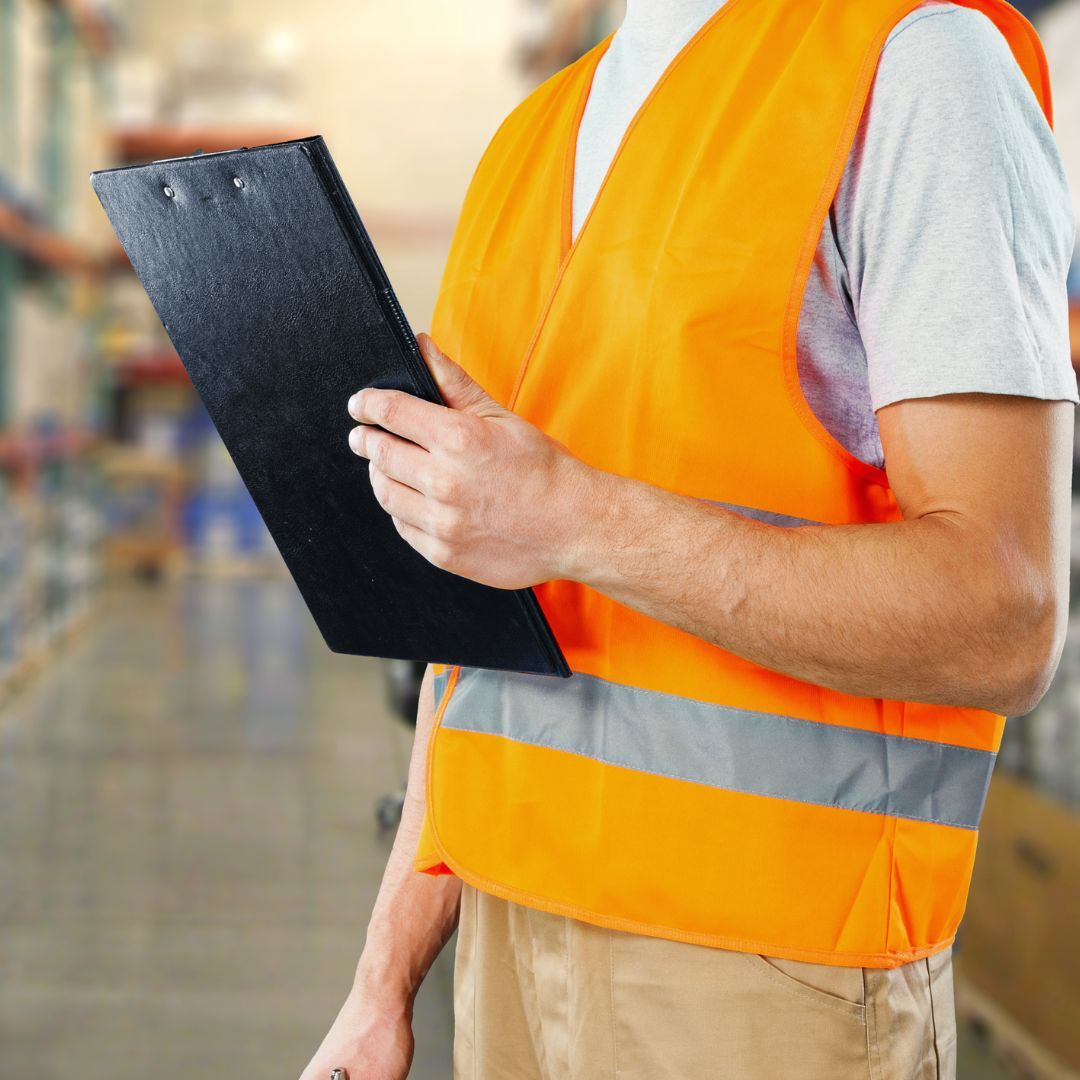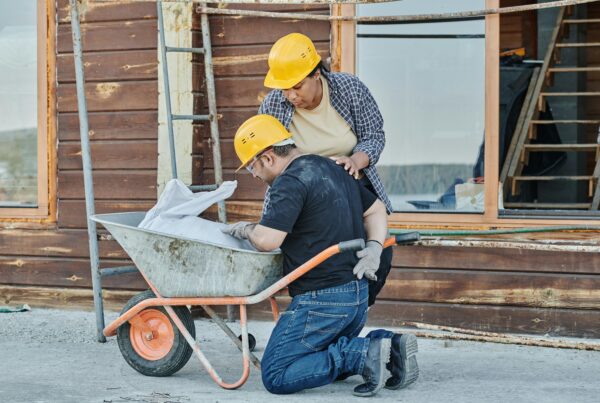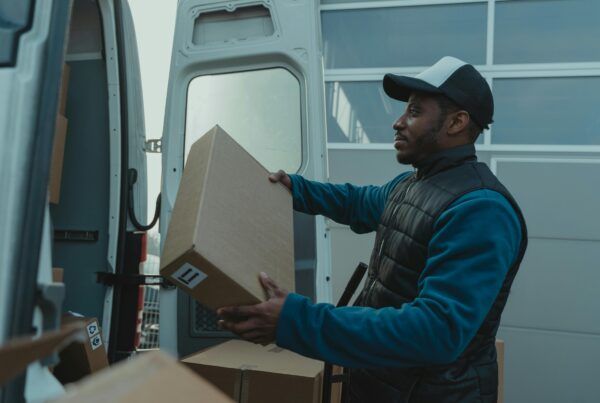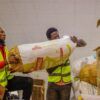Over recent years, our ageing workforce* has garnered much attention. This is because in the UK, we’re currently experiencing a significant shift in the composition of our working population, a gradual change which has been characterised by a steady increase in the number of older individuals in employment over the last thirty years.
This phenomenon can be attributed to several key factors. Firstly, advancements in healthcare and improved living conditions have contributed to longer life expectancies, allowing individuals to remain active in their careers for a more extended period than ever before. Secondly, changes in retirement policies and the gradual increase in the state pension age have made it necessary for older individuals to extend their working lives. Economic uncertainties, such as the financial crisis, the pandemic, and the cost of living crisis, have also played a role, as many people need to work for longer in order to feel financially stable enough to retire. Understanding why we have an ageing workforce is essential in order to effectively utilise the skills and experience of older employees while keeping them safe and healthy at work.
In this blog post, we’re delving into the relationship between ageing and MSDs, exploring common risk factors and providing you with the practical strategies you need to mitigate these risks and cultivate a resilient and thriving workforce, no matter the age of your team.
*According to most sources, and as outlined in the Health and Safety Executive’s Ageing and Work-Related Musculoskeletal Disorders report (published in 2010), in the UK, the “ageing workforce” accounts for individuals in their late 50s/early 60s.
Why Are Older Employees So Valuable?
Older employees bring a wealth of value and expertise to the workforce that cannot be replicated. With years of experience under their belts, they have honed their skills and gained the type of deep industry knowledge that can only come with time. Older employees are more likely to have extensive professional networks and relationships they’ve developed over many years – these alone often have the power to push open doors to new opportunities and collaborations. Moreover, older employees frequently possess a strong work ethic, dedication, and reliability, which can positively impact team dynamics and productivity. They also often possess a level of maturity and level-headed perspective that enable them to navigate complex situations with wisdom and sound judgement, offering valuable mentorship to younger colleagues along the way. Not only this but their resilience and adaptability can prove invaluable when faced with challenges, as they can draw from their years of experience to work out the best way forward in a given situation. Overall, harnessing the potential of older employees benefits entire organisations and promotes intergenerational collaboration, building a dynamic and inclusive work environment where employees of all ages feel equipped to thrive.
DID YOU KNOW?
In Britain, the employment rate of individuals aged 65 and over more than doubled from 1984 to 2020, rising from 4.9% to 10.4%.
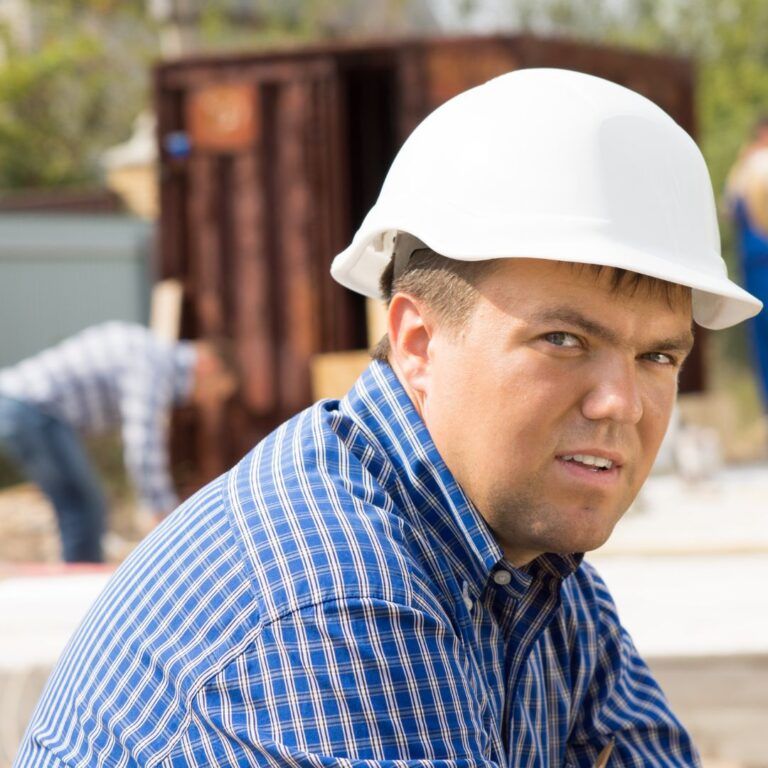
The Link Between Our Ageing Workforce and Musculoskeletal Disorders and Injury
So, we know that in today’s fast-paced professional world, our ageing workforce plays a vital role in driving productivity and success.
However, the risk of work-related musculoskeletal disorders (MSDs) increases as employees age. In Britain, MSDs affect around one million people a year and are one of the most frequently reported work-related conditions amongst the older workforce. This means that as employers, it is crucial to recognise the impact ageing can have on the risk of workers developing MSDs. This awareness and understanding will allow you to take proactive steps to protect the musculoskeletal health of your employees.
Why Does Ageing Make Us More Susceptible to MSDs?
As we age, our musculoskeletal systems undergo natural physiological changes. These changes can make it more likely for individuals to develop MSDs. They include:
- Decreased muscle strength.
- Decreased flexibility.
- Decreased bone density.
These physiological changes may mean that ageing employees experience reduced capacity to handle repetitive tasks, prolonged sitting or standing, and heavy lifting, activities that can all increase the risk of developing work-related MSDs or injuries. Age-related conditions such as degenerative disc disease and osteoarthritis can further exacerbate these risks. This underscores the importance of implementing proactive measures in the workplace which support older employees’ musculoskeletal health.
DID YOU KNOW?
Research has revealed that our muscular performance peaks at around the age of 33. After this, recovery time for musculoskeletal injuries lengthens as we age. It’s vital that working practices and set-up accommodate for this.
3 Common Causes of MSDs in Ageing Employees at Work:
- Repetitive Motion: Engaging in repetitive tasks, such as typing or working in an assembly line, can lead to muscle fatigue, strain, and the development of MSDs. According to the National Safety Council, repetitive motion injuries account for approximately 30% of all work-related injuries.
- Awkward Postures: Bending, twisting, or maintaining other awkward positions for extended periods can place excessive stress on the musculoskeletal system and result in injury. Awkward postures are thought to cause approximately 20% of work-related musculoskeletal disorders, according to the Occupational Safety and Health Administration.
- Heavy Lifting: As we age, our muscle strength and coordination decrease, meaning that ageing employees are placed at higher risk of injuring themselves when lifting heavy objects. Proper training and awareness can go a long way in helping to avoid these strains and sprains that account for such a significant portion of work-related MSDs.
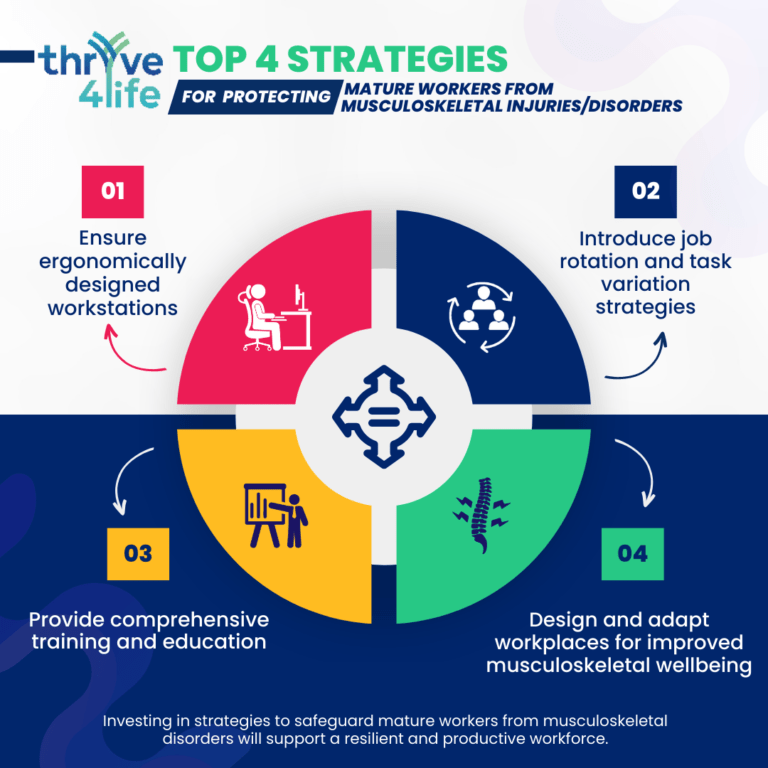
Mitigating Risks and Protecting Ageing Employees:
More senior employees are a valued part of our workforce, and there are several measures we can all put in place to support them and reduce their risk of suffering a musculoskeletal injury. These top 4 measures include:
- Creating Ergonomic Workstations:
Creating ergonomic workstations is a crucial strategy in safeguarding the musculoskeletal health of ageing employees.
This should include:
- Providing adjustable chairs and work surfaces that support proper posture and reduce strain on the spine and joints.
- Encouraging employees to take regular breaks, stretch, and change positions in order to avoid prolonged static postures that can contribute to MSDs.
- Educating employees on the importance of maintaining a neutral spine alignment and utilising proper body mechanics during work activities.
At OFI, we can provide you with ergonomic training and assessments that focus on injury prevention in the workplace. For more information, click here.
- Job Rotation and Task Variation:
Introducing job rotation strategies can distribute physical demands across different muscle groups, allowing employees to rest and recover between tasks.
- Implementing task variation helps reduce the strain on specific muscle groups, promoting overall musculoskeletal health and comfort.
- This approach mitigates the risks associated with repetitive motion and overuse injuries.
- Cross-training employees in multiple roles not only enhances their skill set but also prevents the negative effects of performing the same task for extended periods.
- Training and Education:
Regular training sessions are essential to educate ageing employees about ergonomics, safe lifting techniques, and the importance of regular exercise. These training sessions should:
- Empower employees, equipping them with the tools and information to take care of their musculoskeletal health.
- Provide employees with resources such as instructional videos and informational handouts to reinforce safe work practices and encourage healthy lifestyle choices.
- Foster a culture of open communication, ensuring employees feel comfortable reporting discomfort or pain early on, allowing for timely intervention and support before the issue escalates.
For manual handling and people moving and handling training, please visit here.
- Workplace Design and Adaptations:
Creating a supportive physical environment is crucial to promote musculoskeletal health for ageing employees. Consider the following adaptations:
- Installing anti-fatigue mats to reduce the impact of prolonged standing on joints and muscles.
- Utilising lifting aids and assistive devices to minimise the risk of injuries during heavy lifting tasks.
- Modifying workstations to accommodate individual needs. E.g., you might provide adjustable monitor stands and keyboard trays, which will help reduce strain on individuals’ necks, shoulders, and wrists.
We can provide the tools you need to improve Display Screen Equipment (DSE) practice in your workplace. With OFI, you can purchase the following:
- DSE Assessor Training
- Online Employee DSE Assessments
- On-Site DSE Assessments and Consultancy
For more information, please visit here.
In Summary
As our workforce continues to age, it is essential to prioritise the musculoskeletal health and wellbeing of our employees. By understanding the impacts of ageing on work-related MSDs and implementing proactive measures to combat them, employers can create a supportive and injury-free environment. Overall, through ergonomic interventions, job rotation, education, and workplace adaptations we can ensure the long-term productivity, engagement, and satisfaction of our valuable ageing workforce.
Let’s embrace the power of prevention and build a workplace culture that prioritises musculoskeletal health and wellbeing. Together, we can place the health and wellbeing of our employees at the core of our work practices, making for a happier, healthier workforce.
References
- Okunribido, Olanre and Tony Wynn. “Ageing and Work-Related Musculoskeletal Disorders: A Review of the Recent Literature”, Health and Safety Executive. www.hse.gov.uk/research/rrpdf/rr799.pdf
- Official Statistics: Economic Labour Market Status of Individuals Aged 50 and Over, Trends Over Time: September 2020, Department for Work and Pensions, GOV.UK, www.gov.uk/government/statistics/economic-labour-market-status-of-individuals-aged-50-and-over-trends-over-time-september-2020/economic-labour-market-status-of-individuals-aged-50-and-over-trends-over-time-september-2020#:~:text=50%2B%20employment%20rates%20have%20increased,1984%20to%2010.4%25%20in%202020
- Ergonomic Training & Ergonomic Assessments, Osteopaths for Industry – www.ofi.co.uk/ergonomic-training-assessment/
- Manual Handling Training, Osteopaths for Industry – www.ofi.co.uk/manual-handling-training/
- People Moving & Handling Training, Osteopaths for Industry – www.ofi.co.uk/people-moving-handling-training/
- Display Screen Equipment, Osteopaths for Industry – www.ofi.co.uk/display-screen-equipment/
- “Megatrends: Ageing Gracefully – The Opportunities of an Older Workforce”, CIPD – www.cipd.org/globalassets/media/knowledge/knowledge-hub/reports/megatrends-ageing-gracefully-the-opportunities-of-an-older-workforce-1_tcm18-64897.pdf


